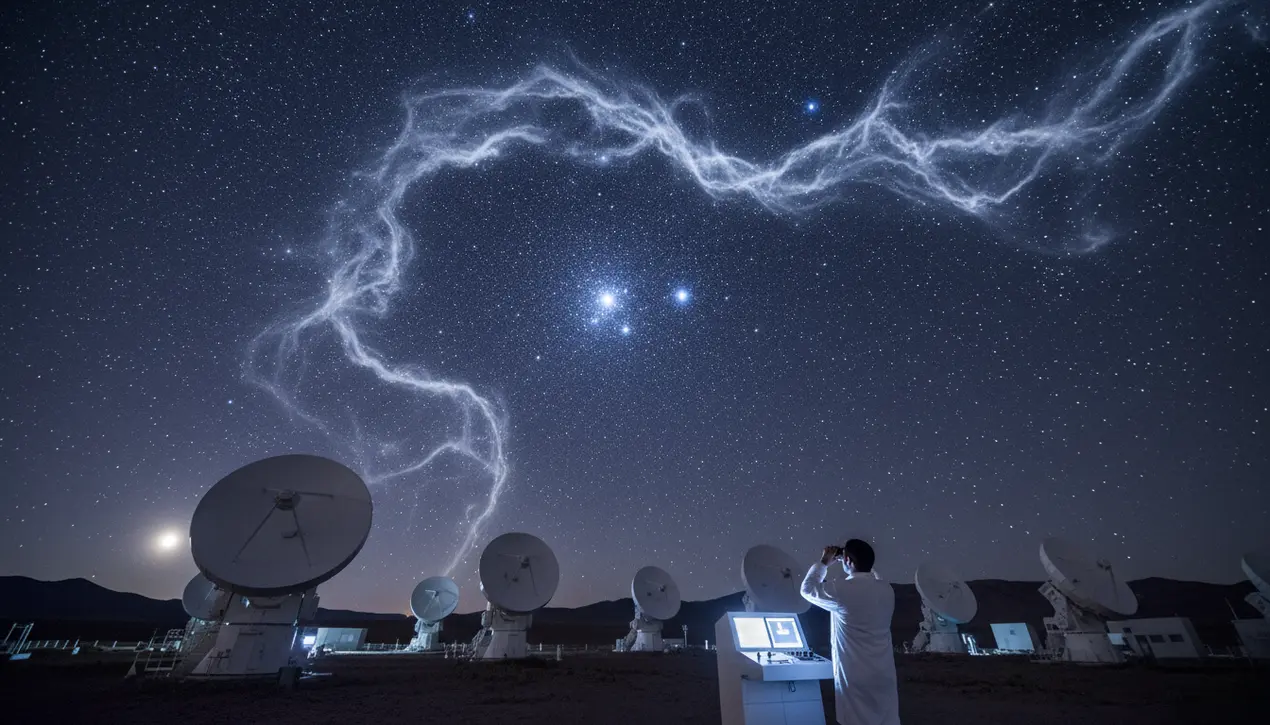
Sciencespace & astronomyExoplanets and Habitable Worlds
Astronomers discover thousands of hidden siblings of the “Seven Sisters”
TH
Thomas Green
2 hours ago7 min read2 comments
The iconic Pleiades cluster, long celebrated in both scientific literature and ancient mythology as the 'Seven Sisters,' has just revealed a secret of cosmic proportions, a discovery that fundamentally reshapes our understanding of this celestial landmark. Using the unparalleled observational power of NASA's Gaia space observatory and the European Space Agency's now-retired Herschel Space Telescope, astronomers have pierced through the veils of interstellar dust to uncover not a few dozen additional stars, but thousands of them, all bound by a shared gravitational heritage to the famous sisters.This isn't merely an incremental update; it's a wholesale redefinition, expanding the cluster's known physical extent by a staggering factor of twenty and transforming it from a compact, glittering jewel in the Taurus constellation into a sprawling stellar metropolis, a colossal complex of stars stretching across vast tracts of space. The implications are profound, offering astrophysicists a new, powerful methodology for tracing the genealogies of stars.Much like using DNA to track human migration patterns across continents, this technique allows scientists to identify stellar siblings that have drifted apart over millions of years, confirming their common origin in the same primordial nebula. This breakthrough provides a fresh lens through which to view not only the Pleiades but star formation across the galaxy, suggesting that many other known open clusters might be merely the bright, visible cores of much larger, hidden stellar families.It forces a reconsideration of stellar dynamics and the gravitational bonds that hold such groups together over astronomical timescales. Furthermore, this discovery holds a mirror to our own solar system's past.Our Sun was not born in isolation; it was likely a member of a similar natal cluster, with thousands of stellar siblings that have long since dispersed into the galactic disk. By studying the full population and dynamics of the Pleiades complex, we are, in effect, peering back into the chaotic nursery where our own star and planetary system were forged, understanding the environmental conditions that set the stage for life itself. This is more than just a census of new stars; it's a fundamental leap in piecing together the grand narrative of cosmic structure and our own humble place within it, a reminder that even the most familiar points of light in our night sky still hold deep, universe-altering secrets.
#featured
#Pleiades
#Seven Sisters
#NASA
#ESA
#stellar complex
#star cluster
#astronomy discovery
Stay Informed. Act Smarter.
Get weekly highlights, major headlines, and expert insights — then put your knowledge to work in our live prediction markets.
Related News
Comments
Loading comments...
© 2025 Outpoll Service LTD. All rights reserved.